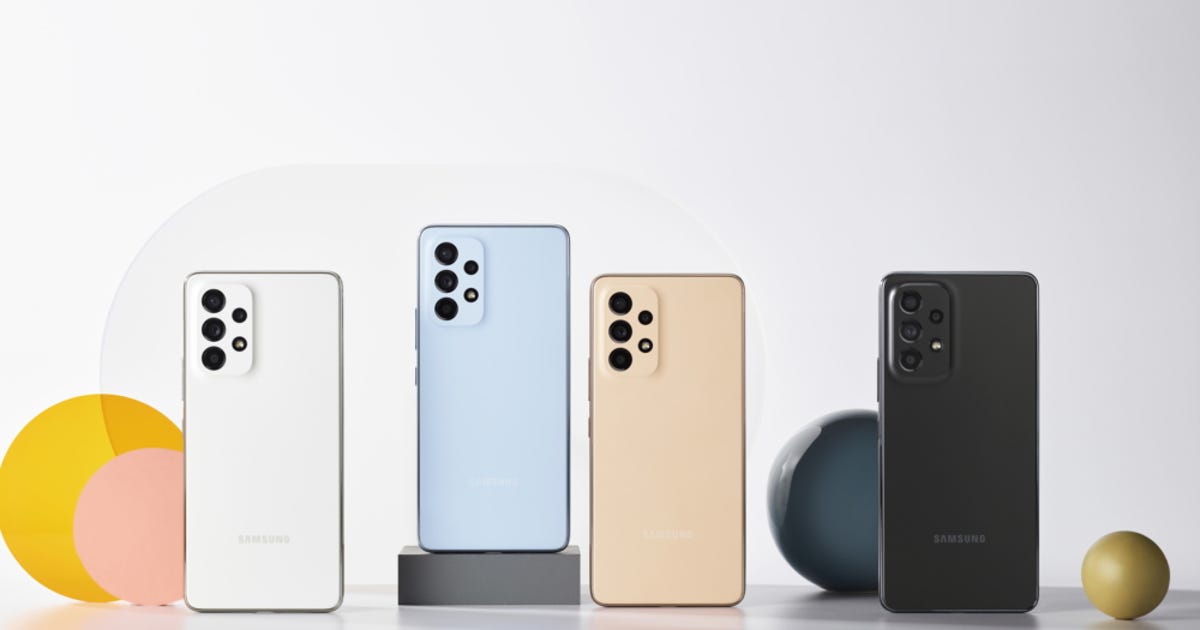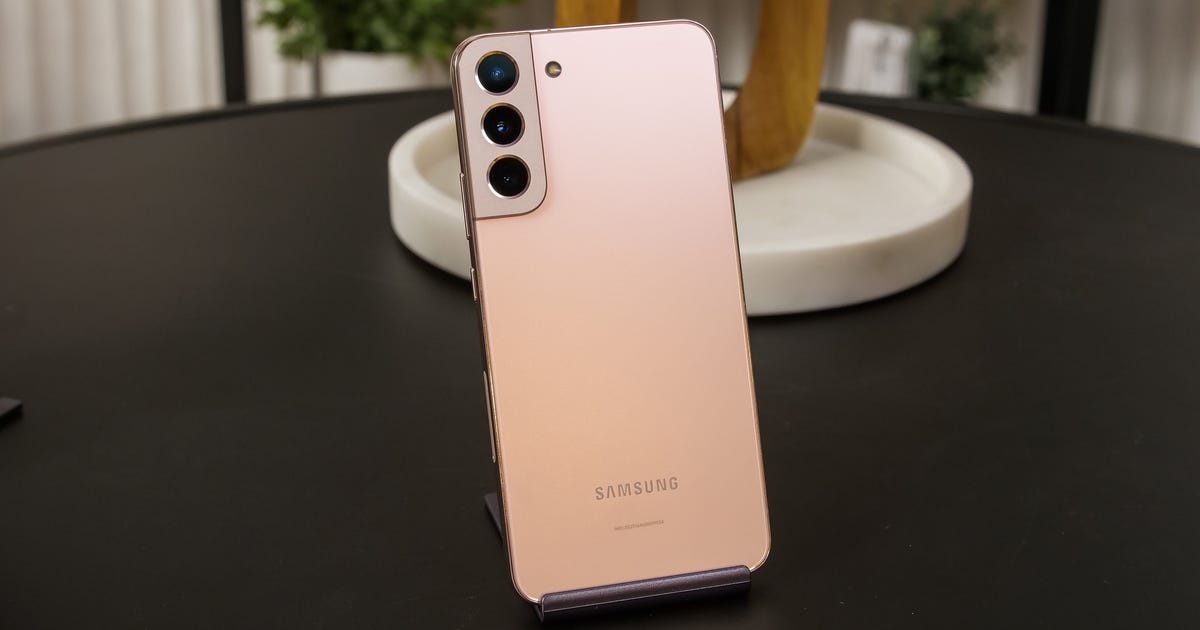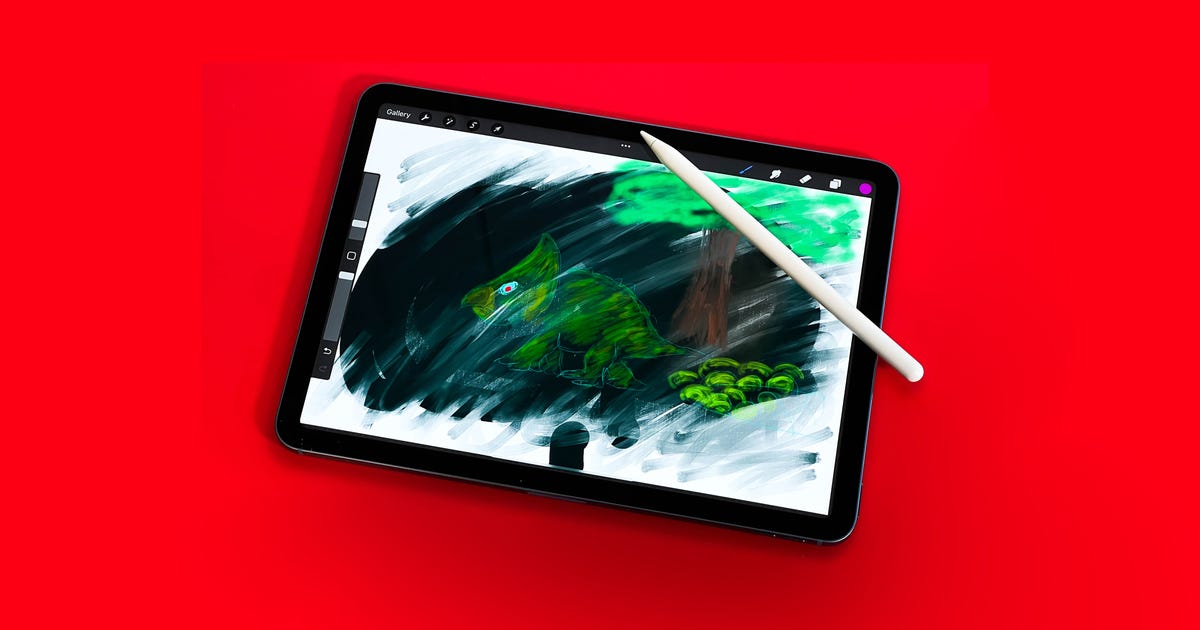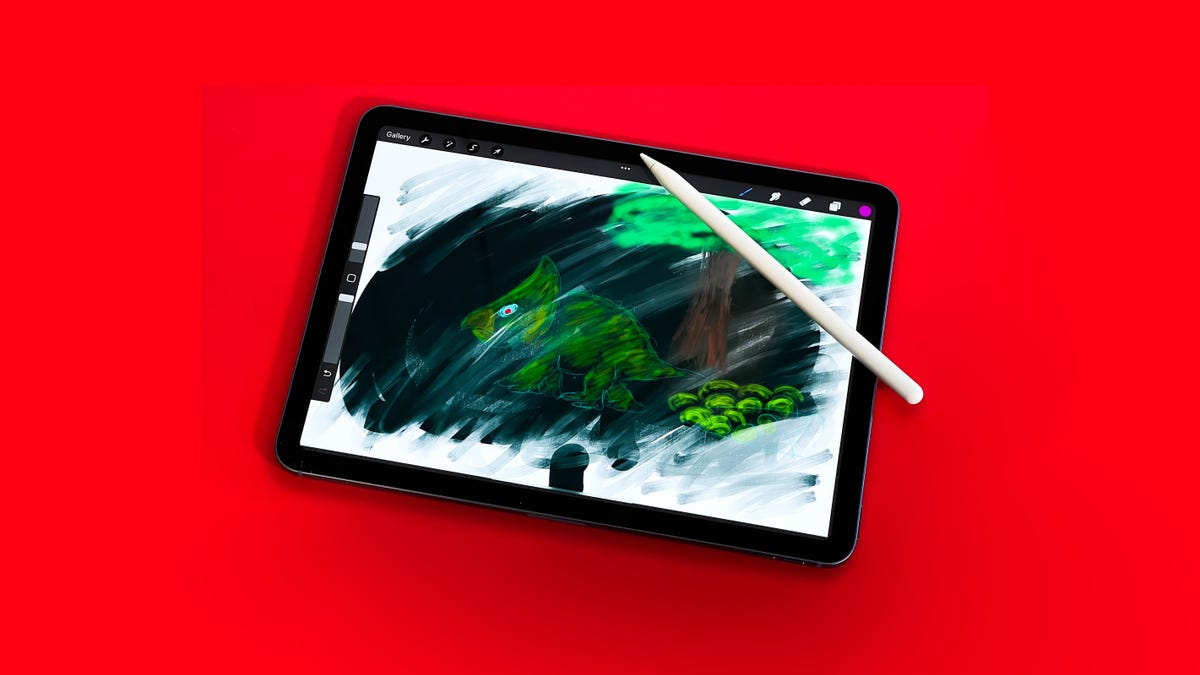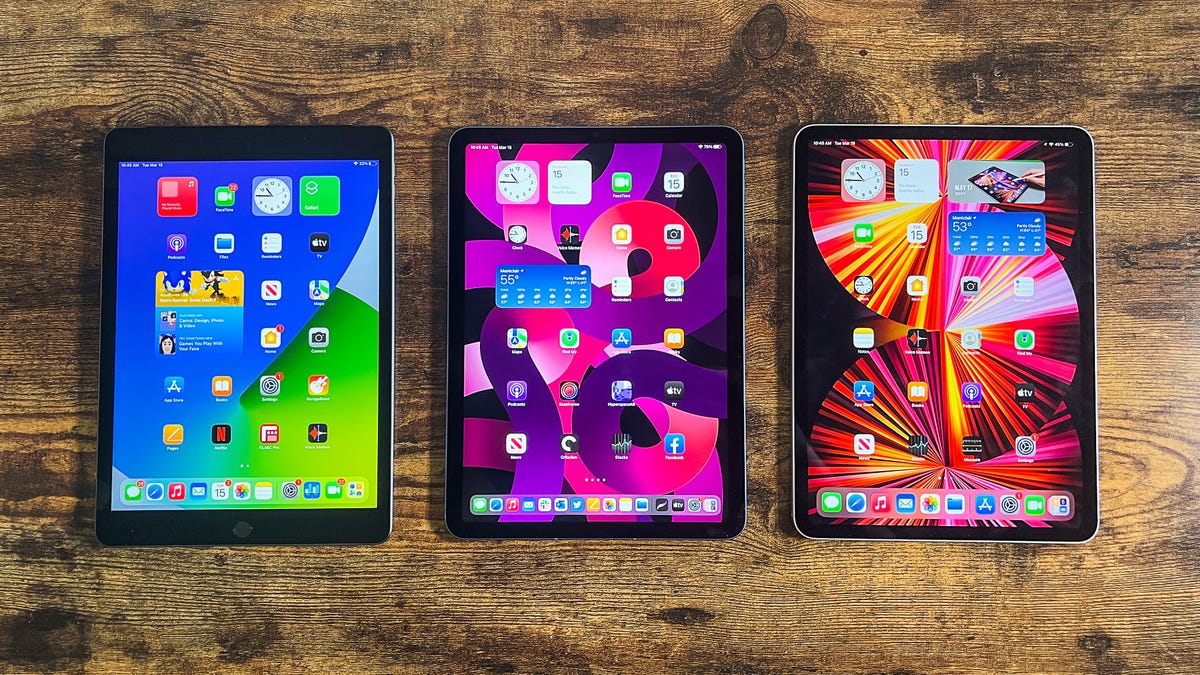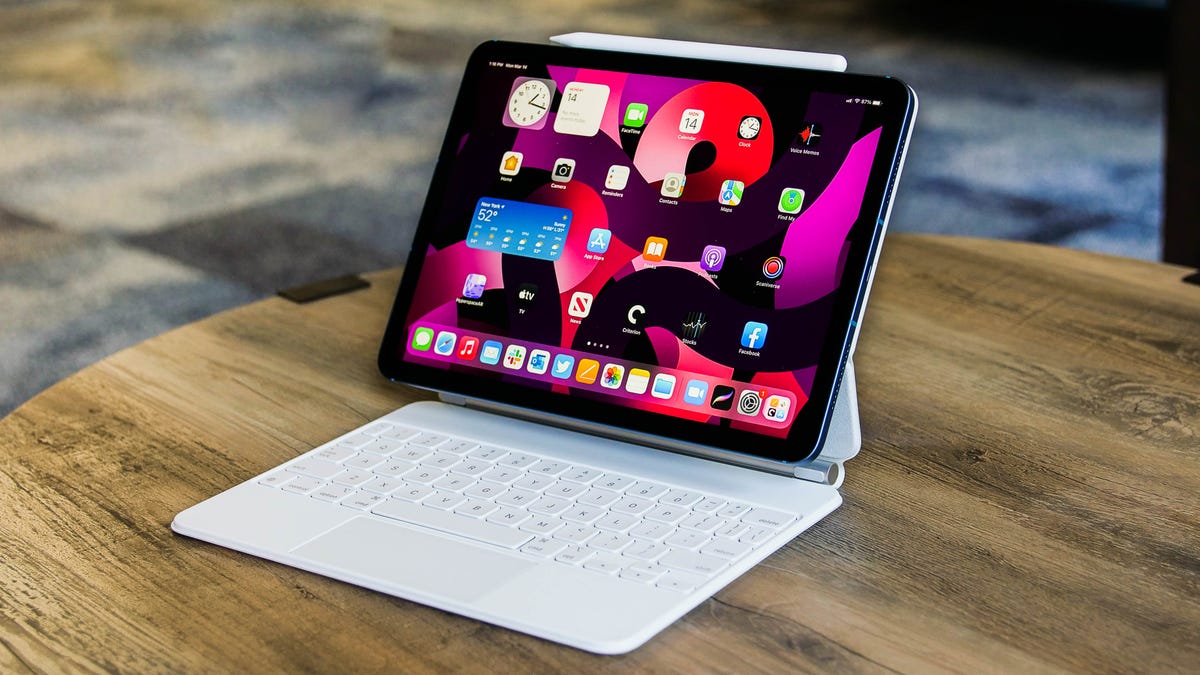
Samsung Galaxy S II (U.S. Cellular) review: Samsung Galaxy S II (U.S. Cellular)
With the rapid-fire release of one smartphone after another, it's easy for once-great phones to quickly become obsolete. Luckily, the Samsung Galaxy S II is one device with staying power, and its appearance on U.S. Cellular's network is a slam dunk.
There are two things to be aware of: this is a 3G phone on U.S. Cellular, and the cost is a little steeper than on other carriers: $229.99 after a $100 mail-in rebate, and with a new two-year activation. It's also costlier than other U.S. Cellular phones at the time of the review.
Editors' note: This review focuses on the differences between the Samsung Galaxy S II on U.S. Cellular and the Samsung Galaxy S II on other networks. You can read up on the full feature set here.
Design and features
The Samsung Galaxy S II maintains the same design as the T-Mobile and Sprint versions of the phone. It starts with a trim, rounded rectangle candy bar design, and has a 4.5-inch Super AMOLED screen that's just beautiful, rich, clear, and vivid. (AT&T's model has a 4.3-inch screen. Its Galaxy S II Skyrocket variation has the larger display.)
There's a nice, strong 2-megapixel camera on the front that's great for video chats, but the best lens yet is the 8-megapixel one on the back, which continues to take excellent shots on every Galaxy S II variation we've seen. Auto-focus and an LED flash help out.
The processor is of the Sprint variety: a 1.2GHz dual-core Exynos processor, versus T-Mobile's 1.5GHz dual-core ticker. It nevertheless creates a speedy environment for internal processing. If the 16GB of internal storage isn't enough for you, a microSD card slot behind the back cover can accommodate up to 32GB more.
Samsung and U.S. Cellular added a slew of apps to the phone, which is fine if you enjoy having presets when you unbox a new device. AllShare is Samsung's DLNA app for sharing media to compatible devices. There's also Amazon.com, Amazon MP3 store and app store, and the Kindle shortcut. Audible, an audiobook store, is also present. So are CityID, Daily Perks, IMBD, and a couple of HD game shortcuts. You'll find Samsung's media hub and social hub; U.S. Cellular-branded mobile TV and ringtone store; plus a memo pad and a photo editor. Polaris Office will help you get things done, and a Zappos shortcut will enable your next mobile shoe purchase.
Performance
I tested the Samsung Galaxy S II in San Francisco using U.S. Cellular's roaming network. Call quality was pretty good overall. Volume sounded fine to my ears, though voices were slightly robotic around the edges, and I did hear a few blips. There wasn't any additional background noise, though, and distortion remained mild. On their end, callers said I sounded a little hollow, but generally good, and with strong volume. At higher volumes, my voice reportedly sounded a bit distorted.
Samsung Galaxy S II (U.S. Cellular) call quality sample Listen now:
I tested speakerphone by holding the GSII at waist level. As soon as my caller started talking, I had to crank up the volume to hear. Even though voices were louder, they also sounded more echoey, hollow, and buzzy. For their part, callers were pleased with the speakerphone quality. They noted that they could still hear echo, but not at volumes that surpassed the normal amount that reverberates around the room. They pronounced my voice clarity "clear" and "pretty good."
To test out U.S. Cellular's 3G network speeds for the handset, I downloaded the diagnostic app Speedtest.net. Data speeds hovered in the 0.23Mbps and 0.37Mbps range, not very impressive. In real life, page load time was acceptable for 3G--roughly 15 seconds for a mobile-optimized page and 30-60 seconds for a much more graphically rich site.
Conclusion
At $130, the Samsung Galaxy S II is officially U.S. Cellular's priciest phone. It's also its best, and its flagship, and the one I'd recommend in a heartbeat for customers of the nation's sixth largest carrier. Even as the next wave of superphones begins to flood the market, the Galaxy S II is a handset that can go the distance. The only caveat is that U.S. Cellular is planning to build out a 4G network, and when it does, the GSII won't be able to access those faster speeds. If you're a current customer with a good chunk of time left on the contract, it could behoove you to wait for LTE.
Source


